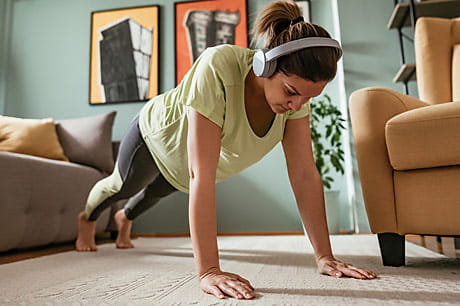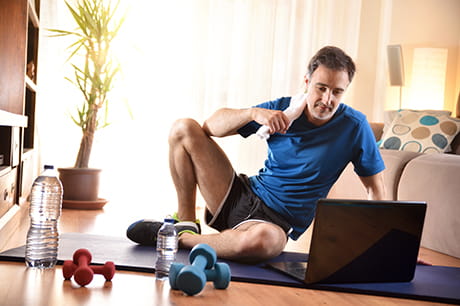Low-impact workouts to try at home
Jump-start your day with these 4 low-impact exercises
With limited access to gyms and many of us working from home, being stuck at our desks struggling through endless conference calls has become the new reality for many. And that can mean added weight and decreased energy.
But according to Libby Aneskewich, a wellness specialist with Geisinger Health Plan, there is a solution. Getting up and moving can improve your mood — and your health. And if you do it right, it’s surprisingly easy.
“Workouts don’t have to be complicated,” Aneskewich explains. “And although free weights and exercise bands are nice to have, they really aren’t necessary. A few simple exercises, done every day even without additional equipment, are enough to get your blood flowing — and show results.”
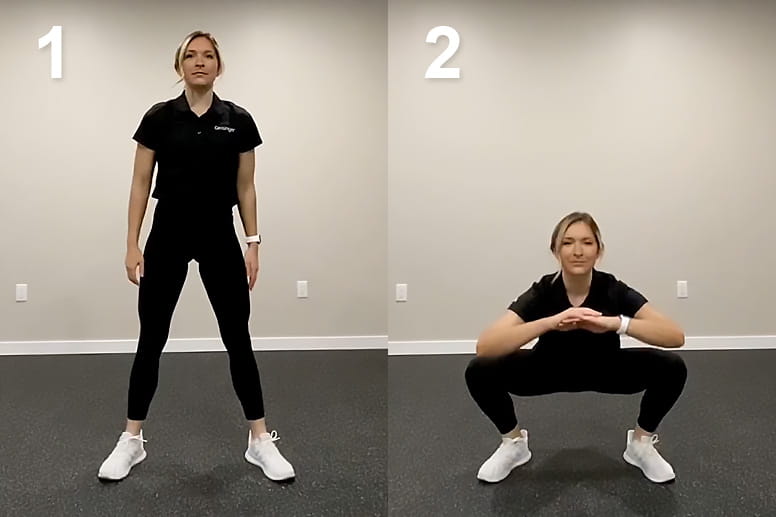
The low-down on squats
Not sure where to start with squats? With these tips, you’ll be a pro in no time
- Stand with your feet shoulder-width apart, toes facing forward or slightly outward. Start with your arms to your sides.
- On an inhale, lower your hips as if to sit in a chair while reaching your arms forward.
- Keeping your spine straight, press your knees outward and distribute your weight evenly between your feet.
- Lower yourself until your thighs are at least parallel with the floor. Hold this position if you wish.
- On an exhale, press back to standing, dropping your arms to the side.
“This basic squat uses your body weight for resistance,” says Aneskewich. “There are variations that include free weights and other equipment, but it’s very important to get your form right before adding other challenges.”
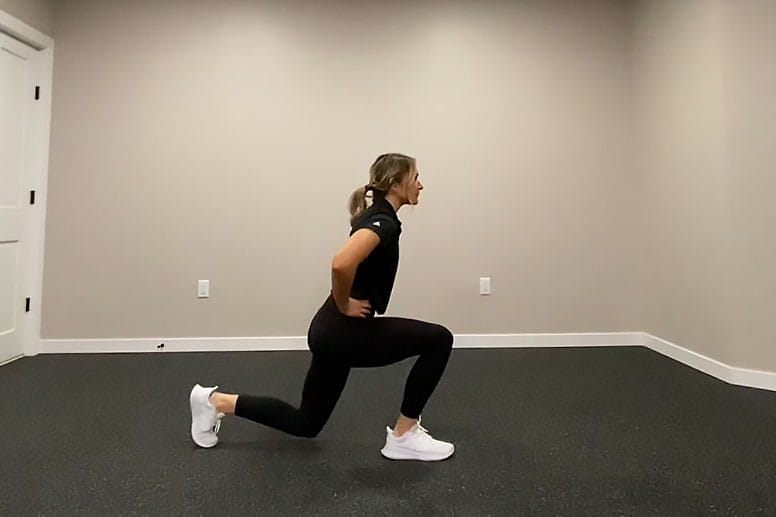
Lunges for life
Follow these steps for lunges that will strengthen your legs, but prevent any injury:
- Stand with your feet hip-width apart.
- Take a big step forward with your right leg while shifting your weight forward so your heel hits the floor first.
- Lower your body until your right thigh is parallel to the floor. Try to keep your shin vertical and make sure your knee doesn’t shift forward past your toes.
- If possible, tap your left knee to the floor, but be sure to keep your weight in the right heel.
- Press back upward, returning to your original position.
- Repeat on the left side.
“One common mistake with lunges is narrowing your stance as if you’re walking on a tightrope,” cautions Aneskewich. “Keep your feet hip-width apart even as you step.”
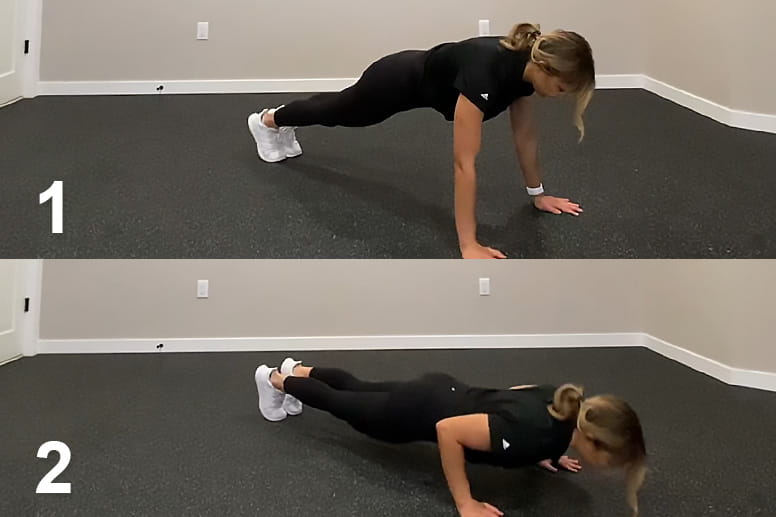
Perfect push-ups
Having a hard time with pushups? Follow these steps for good form to strengthen your upper body:
- Begin on all fours with your hands slightly wider than your shoulders.
- Extend your legs back until you’re balancing on your hands and the balls of your feet. Your body should be straight — do not arch your back or let your middle sag.
- Inhale and lower your body by bending your elbows until they are at a 90-degree angle.
- As you exhale, push back up to your original position while keeping your elbows slightly bent.
“Push-ups build upper-body and core strength. Done properly, they use muscles in the chest, shoulders, arms, legs, back and abdominals,” says Aneskewich. “And because push-ups have many variations, beginners can start on their knees or with the standard approach and work up to a more advanced version.”
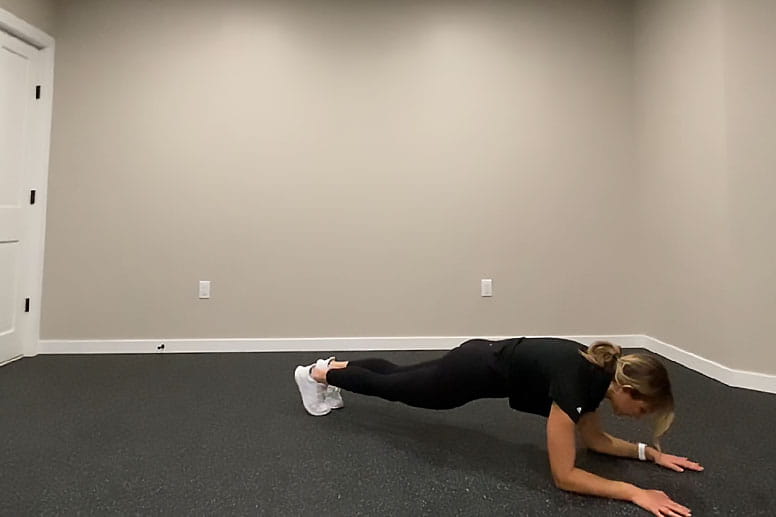
The power of planks
Planks help to strengthen your core, which can help your overall fitness. Here’s how to do a proper plank:
- Begin on all fours, as if you were going to do a push-up, but balanced on your forearms (instead of your hands) and the balls of your feet.
- Engage your abs by pulling your navel toward your spine. Your body should be straight, and your heels should be over the balls of your feet.
- Hold this position for 10 seconds at first. As you build strength, challenge yourself by holding it for longer periods of time.
“Planks strengthen the core, which helps with stability and balance,” says Aneskewich. “A strong core also adds power to any athletic endeavor. And with planks, it doesn’t take long to get great results.”
Let the workout begin
Now that you know how to do each move, it’s time to put them together for a home workout.
“Start by repeating each of these movements five or six times before moving through the circuit. You can always add more repetitions as you get comfortable,” says Aneskewich. “Don’t push yourself too far too fast. And remember, form is important — sloppy form can lead to injuries.”
If you have any medical issues, make sure to talk to your doctor before beginning any exercise program. Because these four movements are low-impact, they’re good for most beginners and can be modified for any fitness level.
Next steps:
Try these 4 exercises to improve balance
Here's how to get more steps in your day
Curious about the health benefits of yoga?
